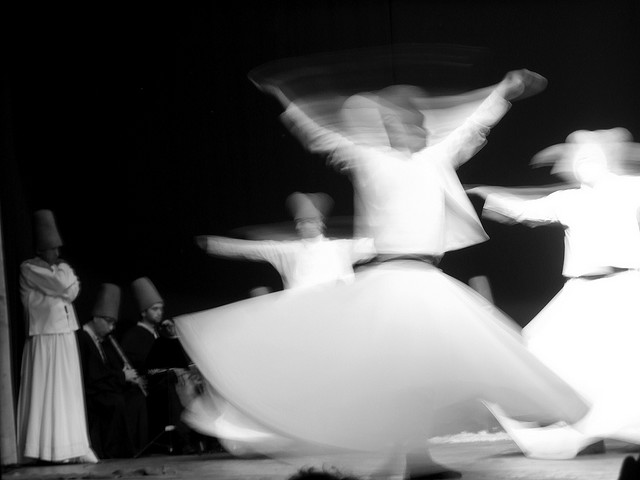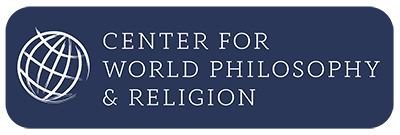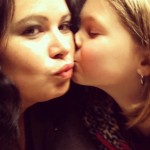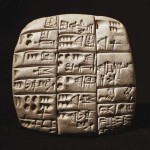Daily Wisdom: The mysteriously moving creative process is the God-impulse

From Marc Gafni‘s Your Unique Self:
The creative process that mysteriously moves from nothing to something is the God-impulse. To live as your Unique Self means to align yourself with that process, with the ecstatic evolutionary impulse that initiated the kosmos, with the ecstasy of God, which re-creates all of reality in every second of existence.
Are you ready to respond to this invitation, to offer yourself to the infinite love intelligence that wants desperately to show up in the world through and as you?
Photo Credit: neil banas


 … you can move beyond your ego, your ego which is your separate self, your small self, you can evolve beyond your exclusive identification with your ego and you can realize, oh my God, Oh. My. God., oh my, I am part of the divine. Oh my, I feel in myself this love welling up, this care for someone else welling up. I am crying in a movie, I see a flower that just blows me out of my mind, I have this deep yearning for someone outside of me, to connect and be with that person, I feel this deep empathy and this deep open-heart space when I see that someone suffers. I have this great joy when I know that I have done the right thing …
… you can move beyond your ego, your ego which is your separate self, your small self, you can evolve beyond your exclusive identification with your ego and you can realize, oh my God, Oh. My. God., oh my, I am part of the divine. Oh my, I feel in myself this love welling up, this care for someone else welling up. I am crying in a movie, I see a flower that just blows me out of my mind, I have this deep yearning for someone outside of me, to connect and be with that person, I feel this deep empathy and this deep open-heart space when I see that someone suffers. I have this great joy when I know that I have done the right thing … Anyplace where you are regarded only as a function, where your name is not known and honored, you are a slave. Anytime you regard another as a mere instrument in your design, you become a slave master and an oppressor. To be a lover is to know the name. It can be the name of the waiter, the taxi driver, of your accountants’ son or of the mailman’s wife. By remembering the name, you become a lover.
Anyplace where you are regarded only as a function, where your name is not known and honored, you are a slave. Anytime you regard another as a mere instrument in your design, you become a slave master and an oppressor. To be a lover is to know the name. It can be the name of the waiter, the taxi driver, of your accountants’ son or of the mailman’s wife. By remembering the name, you become a lover.